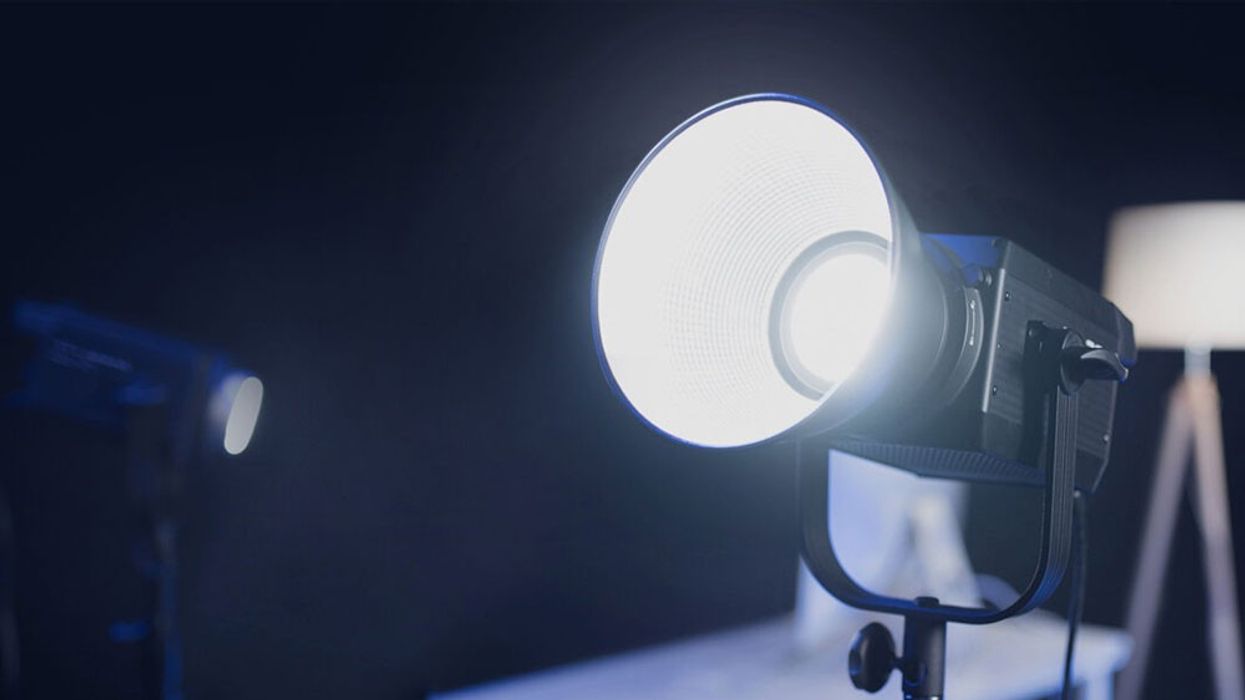Nanlite’s FS Series Are Bright and Inexpensive Fixtures
The Nanlite FS fixtures promise an even light spread at maximum power. Plus, no hotspots.

From solo filmmakers to tiny no-budget crews, indie filmmakers don’t often have a budget for a gaffer, much less their lighting kit. That means doing double duty, while requiring an affordable, yet powerful array of lights that are also flexible enough to illuminate a wide variety of scenes.
Enter Nanlite’s expanding FS line of powerful LED monolights that provide an even light output, with no hotspots, not even behind a softbox. It all started with the FS-200 last November, and now, Nanlite has expanded the FS line with the FS-150 and FS-300.
What's different about the FS series over the more popular Forza line is that the Forza line offers DMX control and higher outputs. But the FS series is still worth considering for any filmmaker.
Let’s take a look.
FS-300

Capable of spreading even light at up to 5600K, the daylight balanced FS-300 uses a large array of LEDs bouncing off its reflector to emit up to 36,730 lux of light at 1 meter, all while maintaining a constant CRI of 96. The result is an accurate color rendition at nearly 25,000 Lumens, with no hotspots. The FS-300 is also capable of 11 different practical effects including loop, flash, pulse, storm, firework, and explosion, among others.
The FS-300’s Bowens style light modifier and yoked umbrella holder make the FS-300 compatible with a wide variety of other light modifiers, including NanLite’s own line of fresnels, softboxes, and umbrellas.
The FS-300 is available for $349.
FS-200

Launched as the first of the FS line, the FS-200 puts out about 10% less light than its bigger brother, with a lux rating of 29,380 at 1 meter. The large LED array with reflector puts out 5600K daylight balanced light with the same CRI rating of 96. All other features are the same, so essentially what you're getting here is the same fixture with slightly less output.
The FS-200 is priced at $279.
FS-150

Rounding out the line in the entry-level category, the FS1-50 has a Lux rating of 26380, with the same CRI ratings for an accurate color rendition. Everything else is the same except the MSRP, a very affordable $199.
Nanlite is giving the filmmaker affordable options at every level, without the feeling they are missing out on performance due to a smaller budget. It’s easy to see the FS-150 doing the heavy lifting in your initial lighting kit until the budget allows for a larger array. Then it still holds value as it moves down to a fill role, while still packed with performance.
Have you used the Nanlite FS series? Let the community know what you think in the comments below.











